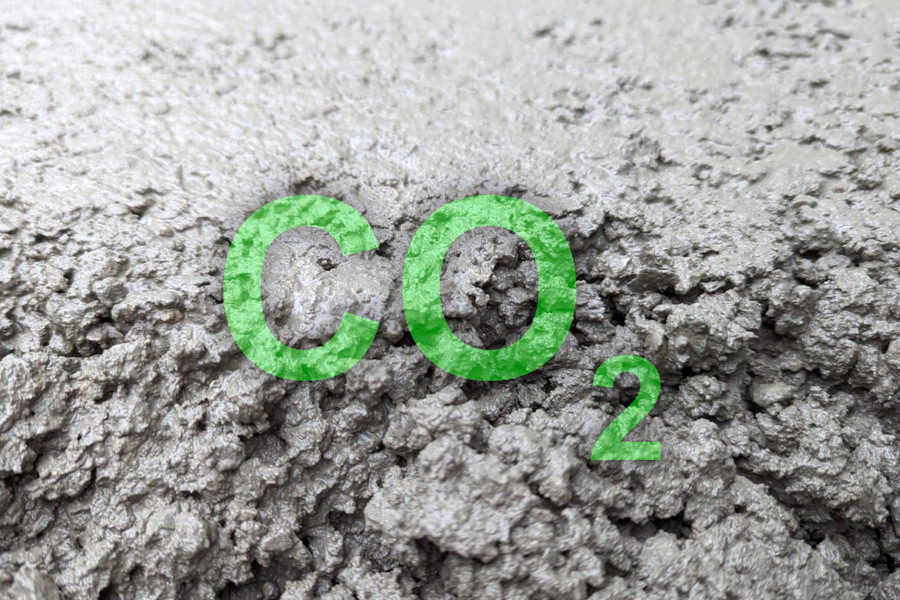MIT News March 28, 2023
According to the researchers at MIT one potential option to move towards the 2050 carbon neutrality goal is the direct gaseous sequestration and storage of anthropogenic CO2 in concrete through forced carbonate mineralization in both the cementing minerals and their aggregates. They investigated the underlying mechanisms and chemomechanics of cement carbonation over time scales ranging from the first few hours to several days using bicarbonate-substituted alite as a model system. They showed that the carbonation of transient disordered calcium hydroxide particles at the hydration site led to the formation of a series of calcium carbonate polymorphs including disordered calcium carbonate, ikaite, vaterite, and calcite, which serve as nucleation sites for the formation of a calcium carbonate/calcium-silicate-hydrate (C-S-H) composite, and the subsequent acceleration of the curing process. And the precure out-of-equilibrium carbonation reactions did not compromise the material’s structural integrity, butintegrity but allowed significant quantities of CO2 (up to 15 w%) to be incorporated into the cementing matrix. According to the researchers their technique provides an avenue for reducing the environmental footprint of cementitious materials via the uptake and long-term storage of anthropogenic CO2… read more. Open Access TECHNICAL ARTICLE

Introducing additives to concrete manufacturing processes could reduce the sizeable carbon footprint… Credit: Courtesy of the researchers.